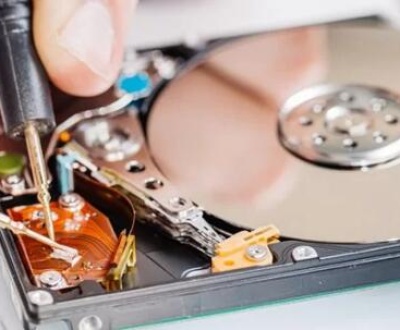Formatting a USB drive is a process that prepares the drive for use by creating a file system on it. This is important for several reasons, and understanding these can help you manage your storage devices more effectively.
1. File System Initialization
A USB drive needs a file system to manage how data is stored and retrieved. Common file systems include FAT32. NTFS, and exFAT. Formatting the USB drive initializes the file system, allowing the operating system to read and write data to the drive. Without a file system, the drive is essentially a blank slate, and the operating system cannot interact with it.
2. Data Organization
When you format a USB drive, it organizes the storage space into a structure that the operating system can understand. This structure includes directories (folders) and files. The file system determines how files are named, stored, and retrieved, which is crucial for data organization and access.

3. Error Correction
Over time, a USB drive can accumulate errors or corrupted data, especially if it has been improperly ejected or if there are hardware issues. Formatting the drive can resolve these problems by erasing all data and rebuilding the file system. This process can help prevent and fix issues related to data corruption.
4. Performance Optimization
Formatting a USB drive can improve its performance. A fresh format can eliminate fragmentation, where files are scattered across the drive, leading to slower access times. By formatting the drive, you ensure that the data is stored contiguously, which can enhance read and write speeds.
5. Compatibility
Different operating systems support different file systems. For example, Windows primarily uses NTFS, while macOS uses HFS+ or APFS. If you want your USB drive to be compatible with multiple operating systems, you might need to format it to a file system that is universally supported, such as FAT32 or exFAT. Formatting allows you to choose the file system that best fits your needs.
6. Secure Data Erasure
If you plan to sell or give away your USB drive, formatting it is a way to ensure that your personal data is removed. While a quick format may not be sufficient for highly sensitive information (as data recovery tools can sometimes retrieve it), a full format or specialized data-wiping tools can make data recovery more difficult.
7. Storage Management
Formatting a USB drive also helps in managing storage space. If your USB drive is running out of space or has been filled with unnecessary files, formatting it clears all data, giving you a fresh start. This can be particularly useful if the drive is used for specific purposes and needs to be regularly cleared and reused.
8. Partition Management
Sometimes, USB drives are partitioned into multiple sections, each with its own file system. Formatting allows you to manage these partitions, either by combining them into a single partition or creating new ones. This flexibility can help you tailor the drive to specific needs or preferences.
9. Addressing Drive Issues
If your USB drive is not functioning correctly, formatting it can often resolve issues like read/write errors, drive not being recognized, or other anomalies. While this should be considered a last resort after trying other troubleshooting methods, it can be an effective way to restore functionality.
10. Resetting Drive to Factory Settings
Formatting can reset the drive to its factory settings, removing any customizations or settings that may have been applied. This is useful if the drive has been used for various purposes and you want to return it to a clean, original state.
About us and this blog
Panda Assistant is built on the latest data recovery algorithms, ensuring that no file is too damaged, too lost, or too corrupted to be recovered.
Request a free quote
We believe that data recovery shouldn’t be a daunting task. That’s why we’ve designed Panda Assistant to be as easy to use as it is powerful. With a few clicks, you can initiate a scan, preview recoverable files, and restore your data all within a matter of minutes.
Subscribe to our newsletter!
More from our blog
See all postsRecent Posts
- Data recovery salt lake city utah 2025-04-18
- Data recovery sacramento 2025-04-18
- Data recovery miami 2025-04-18

 Try lt Free
Try lt Free Recovery success rate of up to
Recovery success rate of up to









